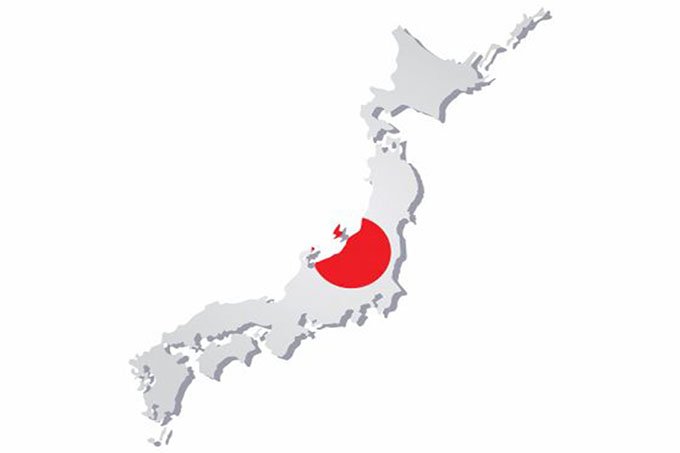 Last week, the Bank of Japan decided to leave the cash rates unchanged at -0.1 percent, affirming that the Japanese economy will continue on a moderate growth path, and underscoring the possible effects of the current risky economic global situation and suggesting that the BOJ's policymakers are in no hurry to increase or expand their stimulus efforts.
Last week, the Bank of Japan decided to leave the cash rates unchanged at -0.1 percent, affirming that the Japanese economy will continue on a moderate growth path, and underscoring the possible effects of the current risky economic global situation and suggesting that the BOJ's policymakers are in no hurry to increase or expand their stimulus efforts.
Besides this, the Bank of Japan recently released the detailed minutes of its late October meeting, and it didn't show anything that wasn't previously announced by the bank itself or by its members.
These insights shows that he central bank governing council members’ agreement on how the momentum towards achieving the price stability target won't be lost. However, it signaled cautiousness and left the door open for additional monetary easing should the inflation levels deviate from this path.
“The BOJ expects short and long-term interest rates to remain at present or lower levels as long as needed to pay close attention to the possibility that the momentum toward achieving its price target will be lost,” stated the bank.
Regarding the economy, the bank explained that despite the uncertainty, it doesn't seem to have a negative impact on domestic demand. Exports continue to show weakness but are expected to pick up as overseas economic growth improves.
During its last announcement, the BoJ decided to leave its assessment regarding the Japanese economy unchanged. This optimistic tone regarding the state of the economy is understandable, as the advances in the trade talks between the United States and China helped to dissipate the uncertainty in the markets for the moment. The clear victory of the British conservative party also eased the uncertainty associated with the Brexit (to some extent). However, falling factory output and industrial production coupled with a worsening business sentiment doesn't aid the bank's assessment.
Concerning the inflation, most members of the bank committee agreed that medium- to long-term inflation expectations were likely to follow a positive trend, approaching the bank's 2 percent target. In order to reach such a goal, the Bank has printed a lot of money in the last years. Nevertheless, despite this Japanese inflation levels have consistently remained 1 percent, casting doubts on the bank's optimism regarding its capacity to bring it close to its target.
Hence, the bank's decision to change its forward guidance and leave the doors open to further easing, recognizing that inflation could deviate from its path towards its target level. In fact, the Bank's governor, Naruhiko Kuroda, recently restated such a position, saying that the bank won't "hesitate to take additional easing measures" if the possibility of losing the momentum toward achieving the price stability increases.
It’s important to note that it is still not very clear which methods the bank is willing to use to further ease its monetary policy. Many speculate that it was referring exclusively to further cash rate cuts, however, Kuroda himself made clear in late October that the bank's statement doesn't rule out a more aggressive money printing or increasing asset purchases. The fact that low cash rates currently pose a problem, as they're affecting the Japanese financial institutions' profitability, only aids Kuroda's perspective.
The USD/JPY didn't react in a significative way to the bank's optimistic statements regarding the state of the economy, as traders are currently more focused on the events concerning the US-China trade war as well as the political instability in Europe, as the possibility of the re-emergence of the tensions is also implicit.
